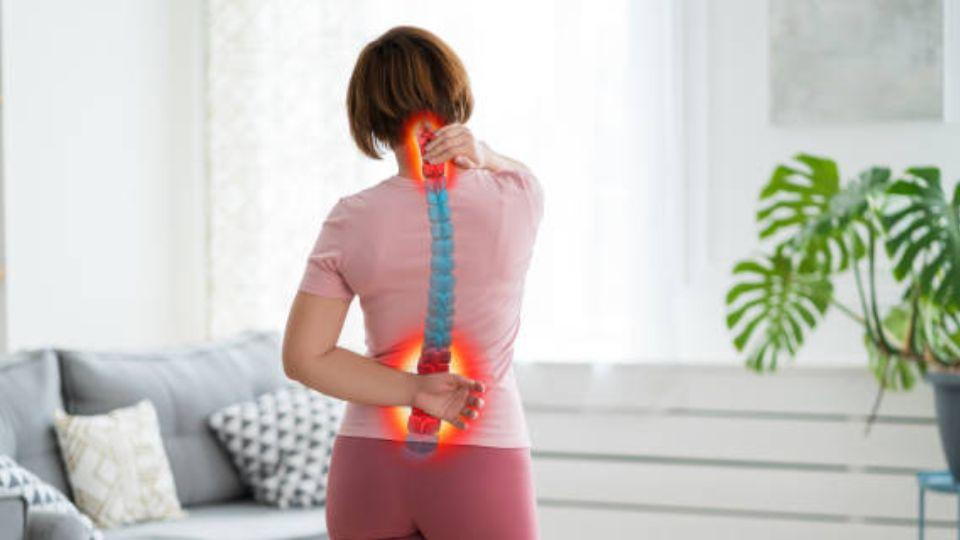
A herniated disc can be one of the most debilitating conditions that a patient can experience. It occurs when the jelly-like center of a spinal disc protrudes through a tear in the tough, outer layer, resulting in pressure on the spinal nerves. The severity of symptoms depends on the level of disc herniation, which can range from mild to severe. In this article, we’ll look at the four stages of a herniated disc and the treatments available to help manage them.
The 4 Levels of a Herniated Disc
Level 1 - Bulging Disc
A bulging disc is the mildest form of herniation, which occurs when the outer layer of a disc has been weakened, allowing the jelly-like center to push out against it. Symptoms of a bulging disc are often mild and can include pain in the lower back that radiates outward. Treatment for a bulging disc can include rest, physical therapy, and medications to reduce inflammation and pain.
Level 2 - Protruding Disc
A protruding disc occurs when the jelly-like center of a disc pushes out beyond the outer layer, resulting in pressure on the spinal nerves. It can cause moderate to severe pain in the lower back, as well as tingling or numbness that radiates outward. The treatment for a protruding disc usually involves rest and physical therapy combined with medications to reduce inflammation and pain. Surgery may be required in more severe cases.
Level 3 - Extruded Disc
An extruded disc occurs when the jelly-like center of a disk has been forced out beyond the outer layer and is no longer contained within it. This can cause intense pain in the lower back, as well as numbness and tingling that radiates outward. Treatment for an extruded disc typically involves rest, physical therapy, and medications to reduce inflammation and pain. In some cases, surgery may be necessary to remove the extruded disc and relieve pressure on the spinal nerves.
Level 4 - Sequestered Disc
A sequestered disc is the most severe form of herniation, in which the jelly-like center of a disc has been completely separated from its outer layer. It can cause intense pain in the lower back and radiating numbness and tingling. One may even experience muscle weakness and loss of sensation. The best treatment for a sequestered disc is usually surgical removal to relieve pressure on the spinal nerves. In some cases, a lumbar fusion may also be necessary if the disc has caused significant damage to the vertebrae.
In Conclusion
A herniated disc can range from mild to severe, and the level of herniation dictates the type of treatment needed. Rest, physical therapy, medications, and surgery can all be effective treatments for a herniated disc. Additionally, you may also try a spinal decompression device, which is a non-surgical treatment option that helps to alleviate pain and promote healing. The key is to identify the stage of herniation as soon as possible so that appropriate treatment can be implemented. So make sure to listen to your patients and their symptoms in order to ensure that they receive the care they need.
